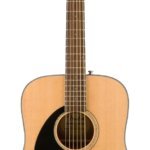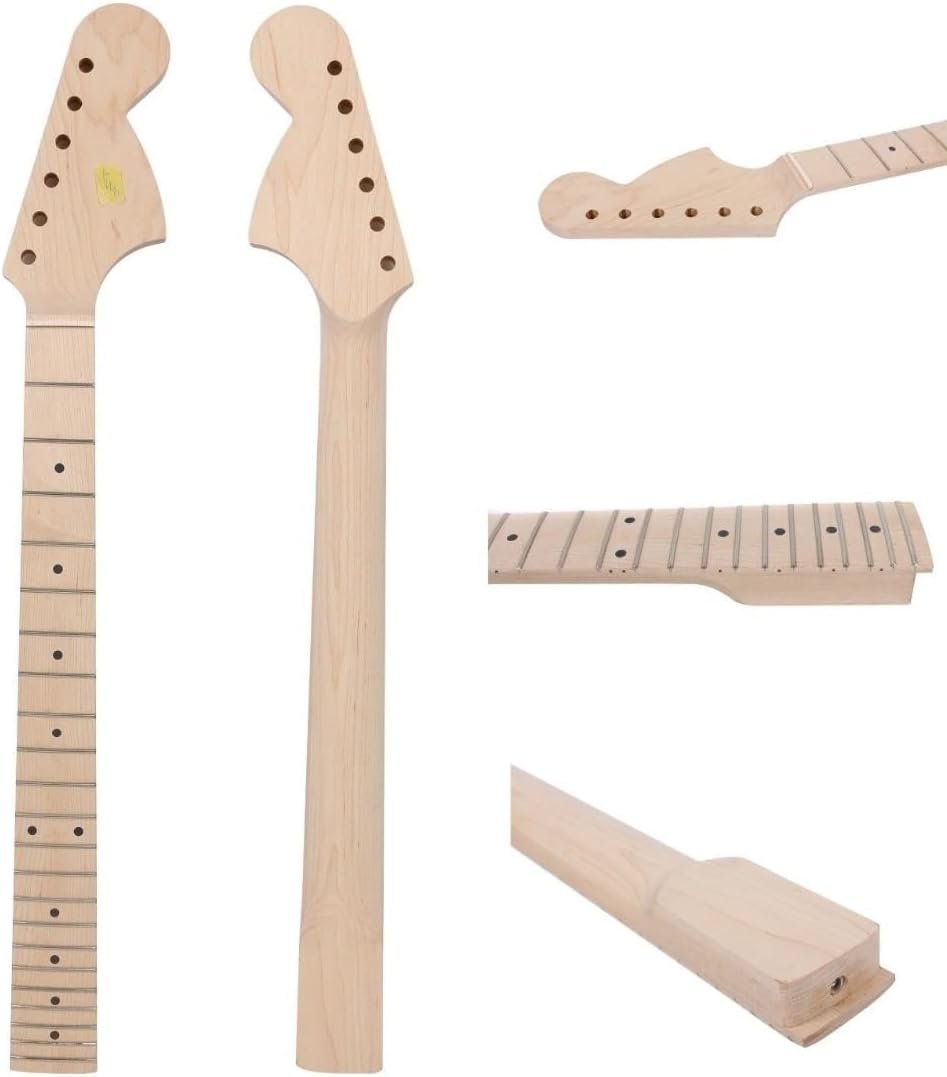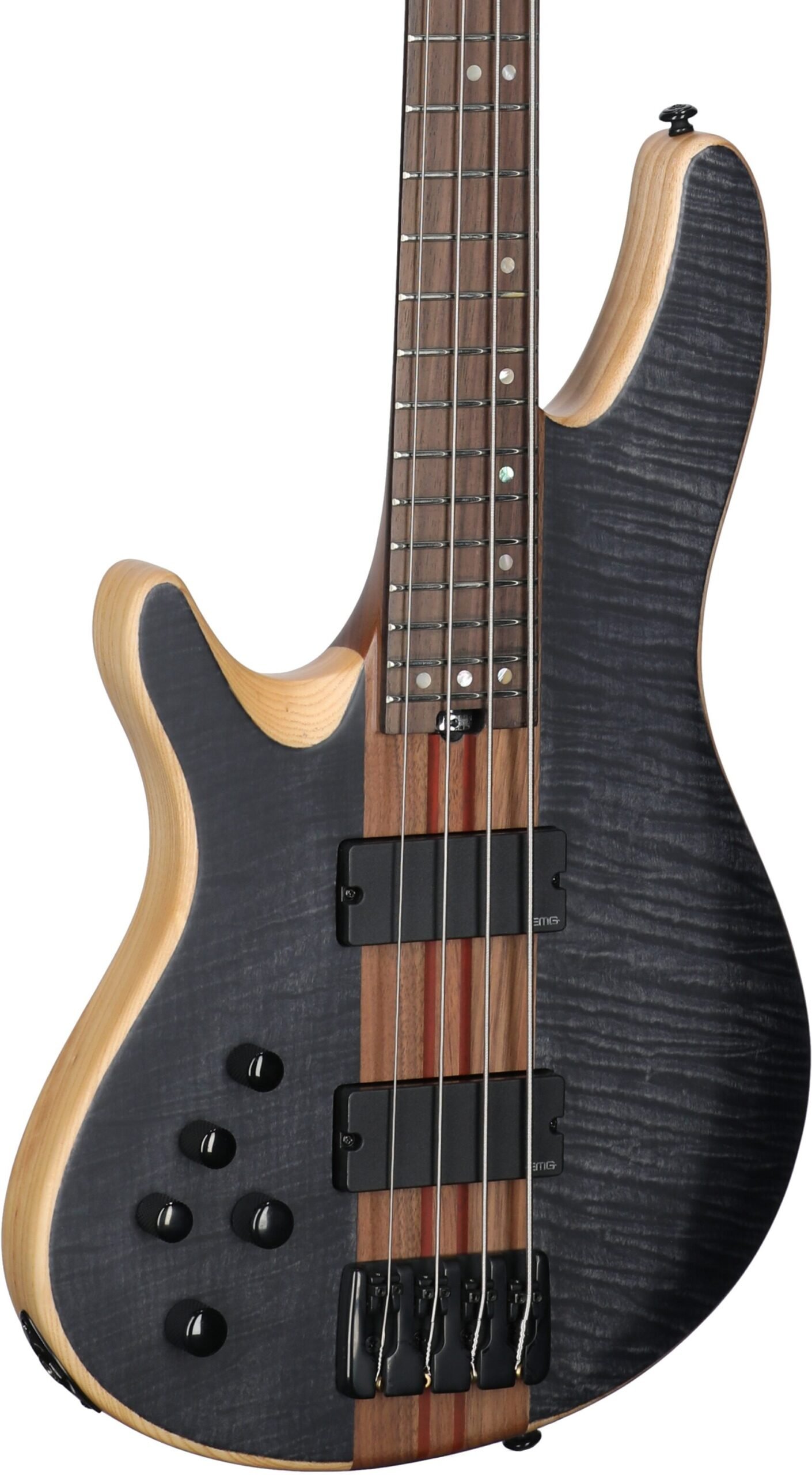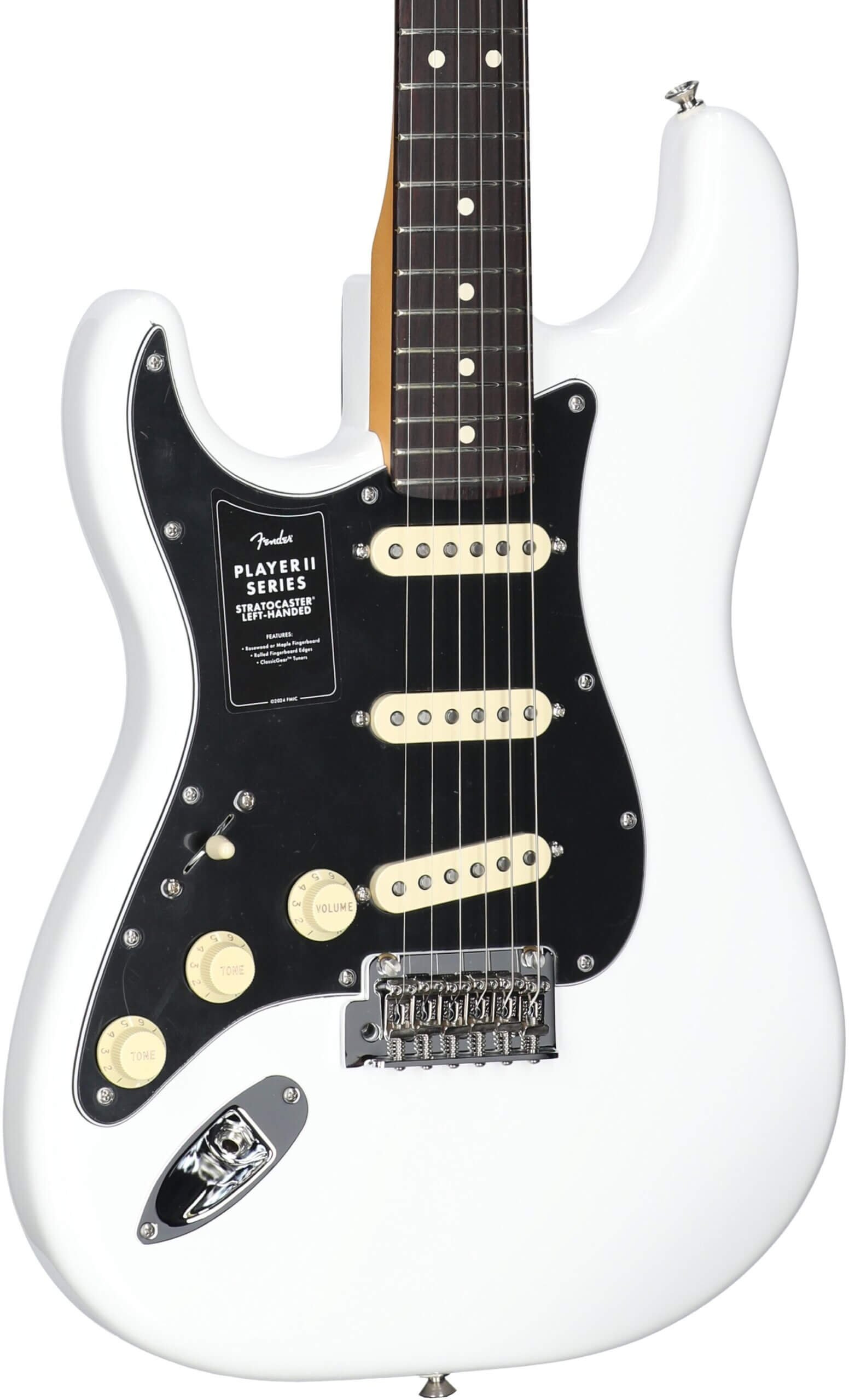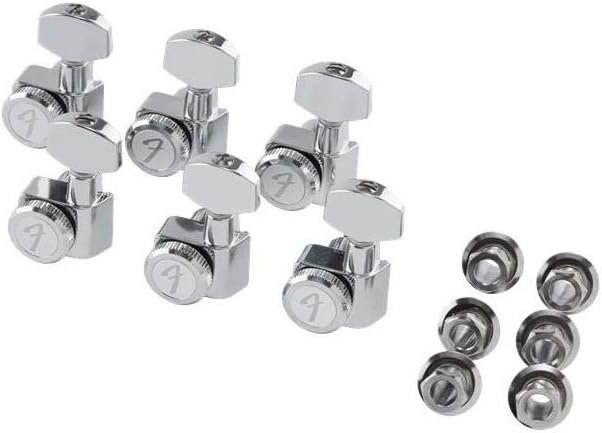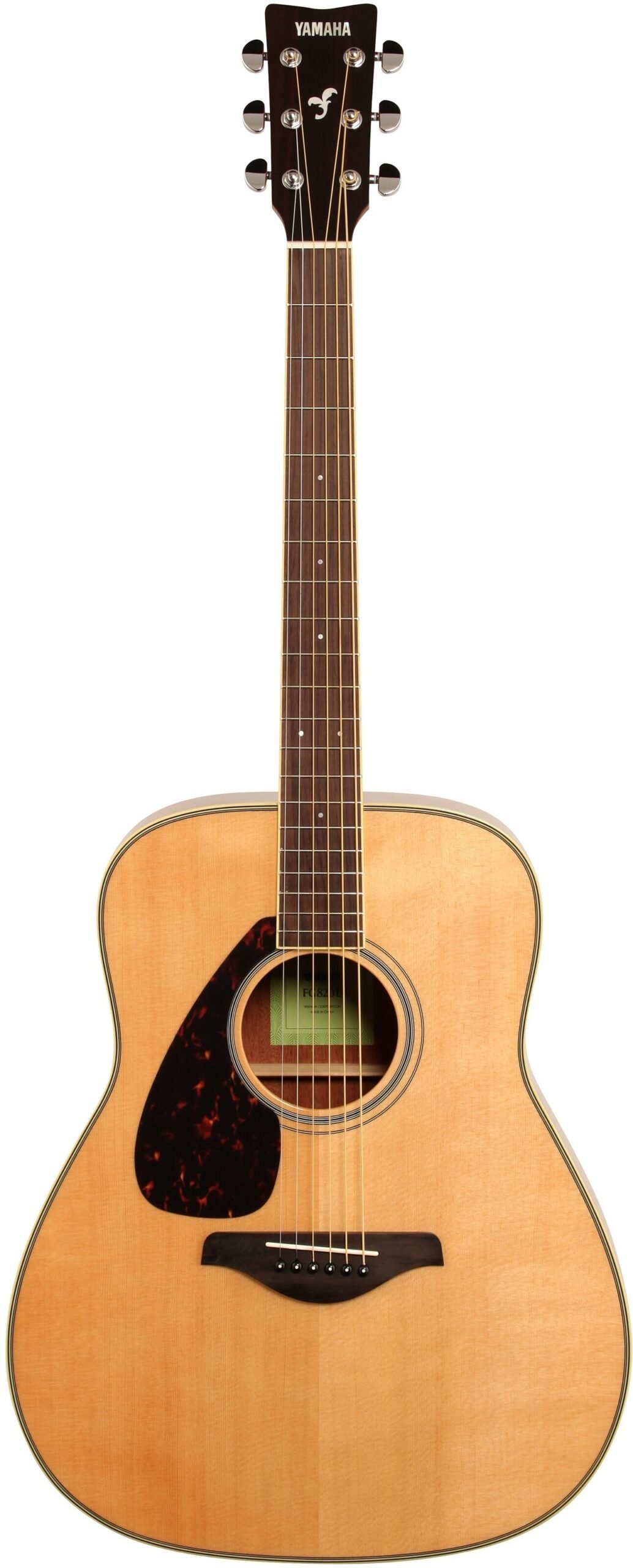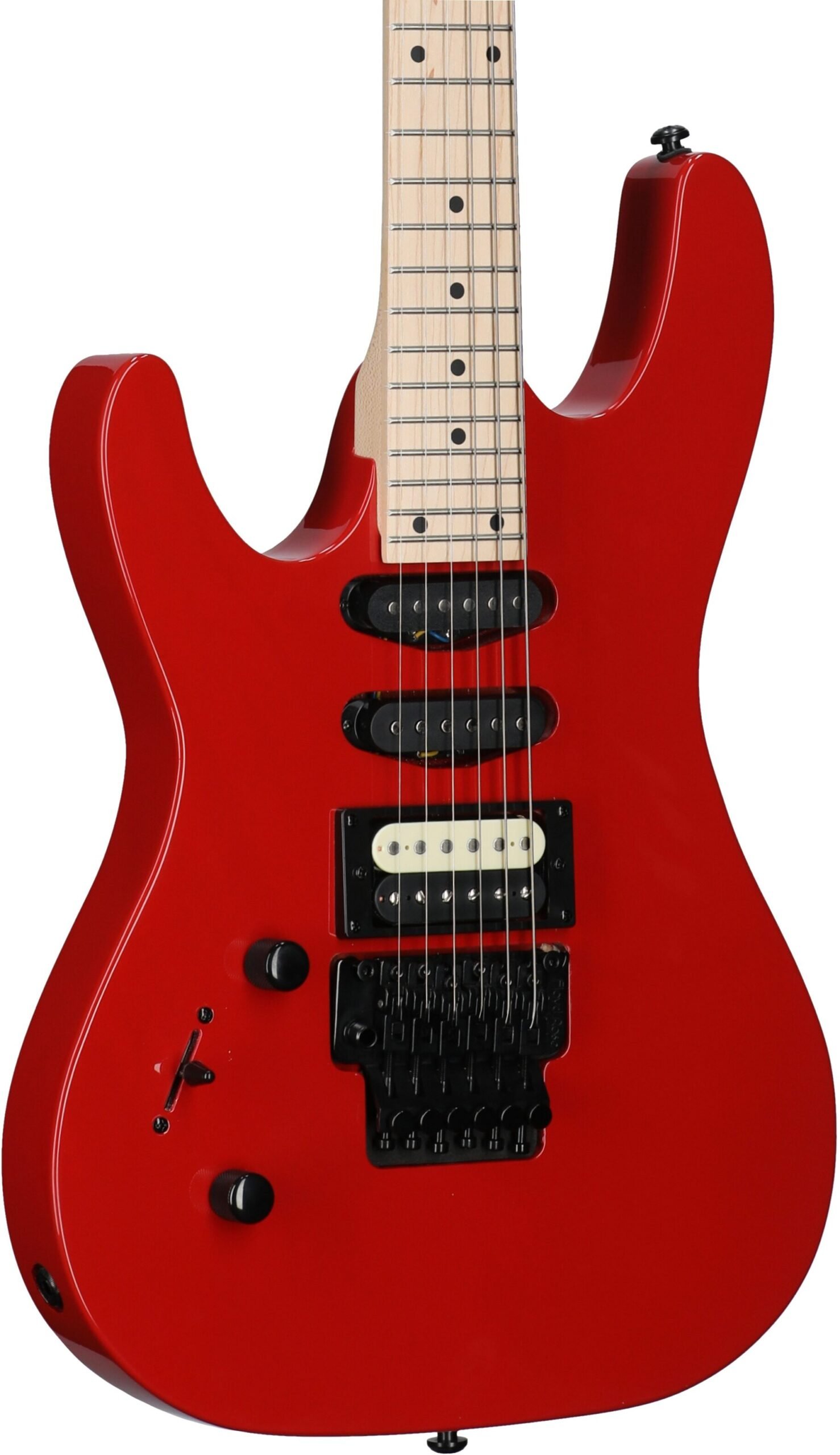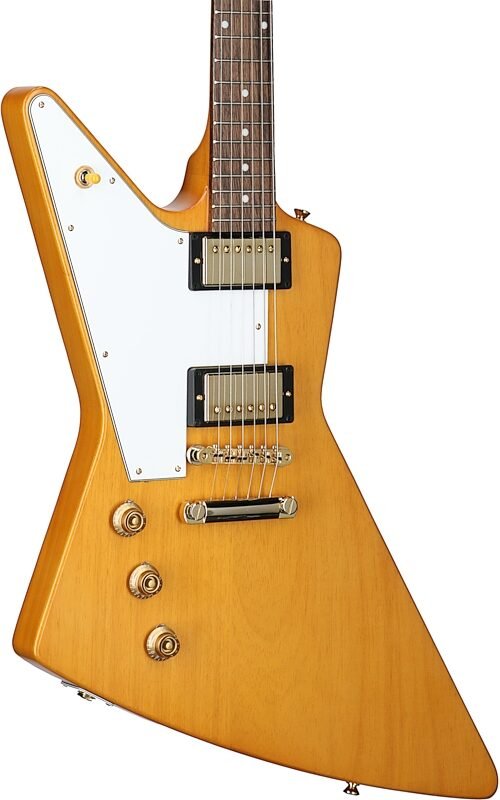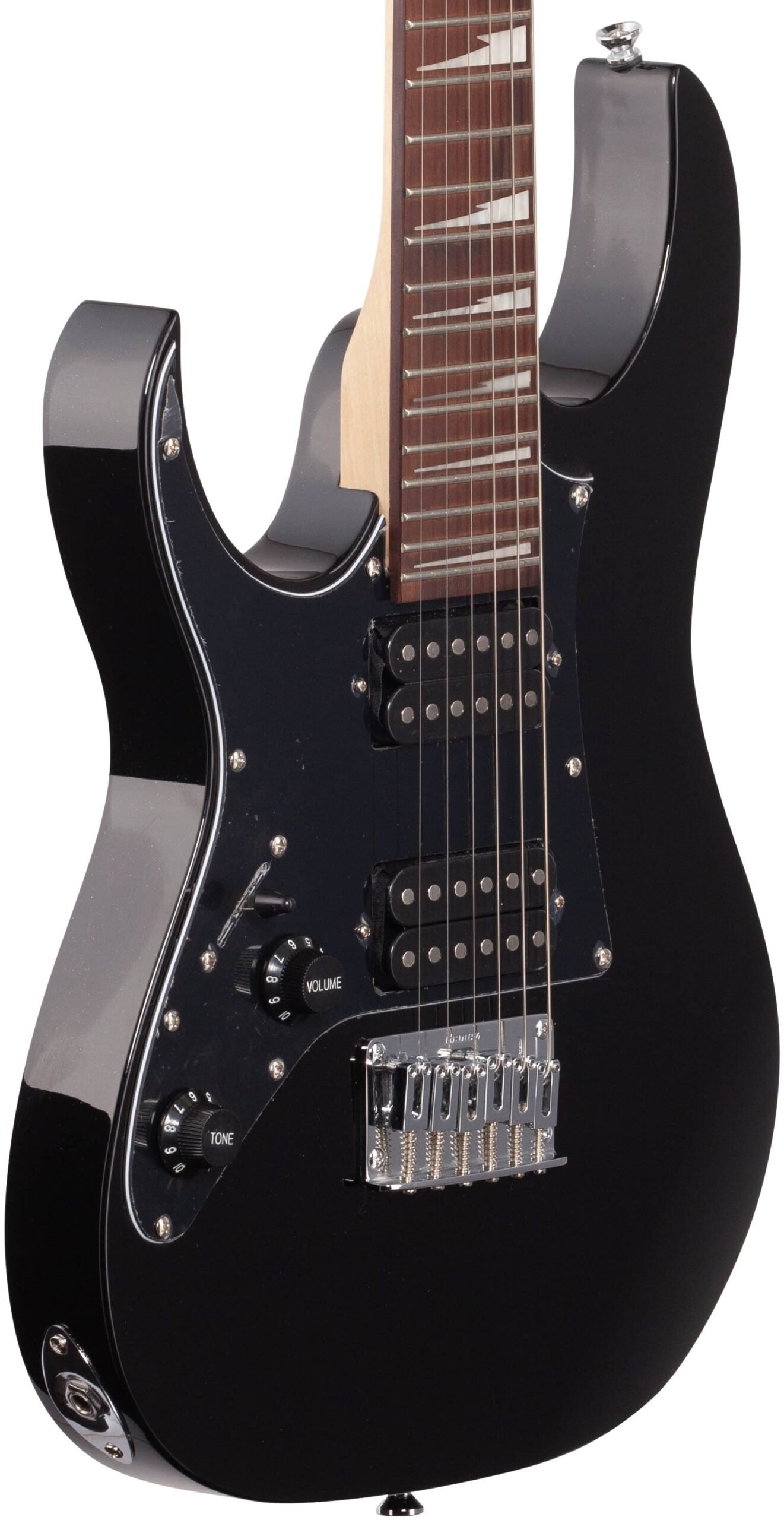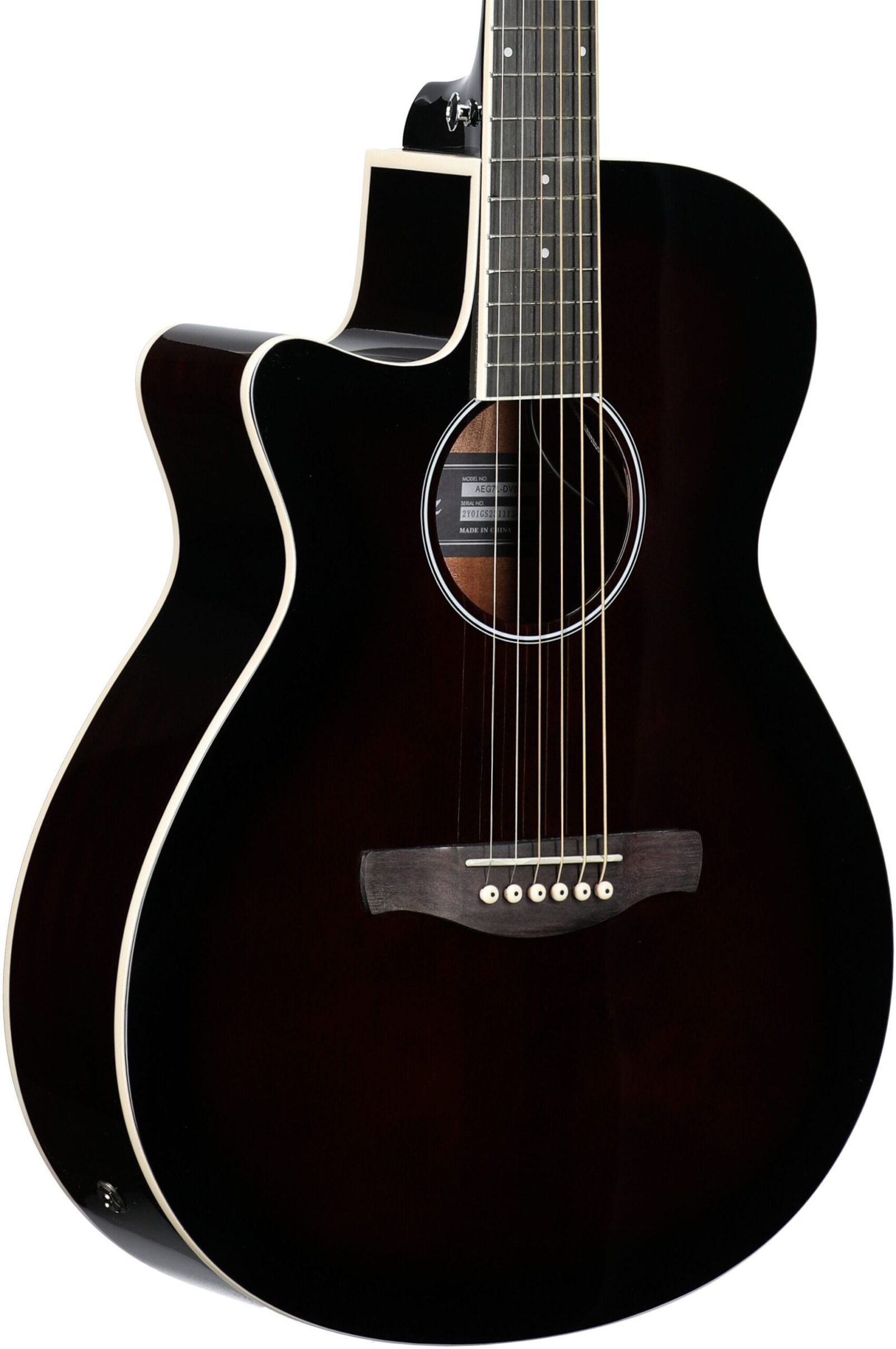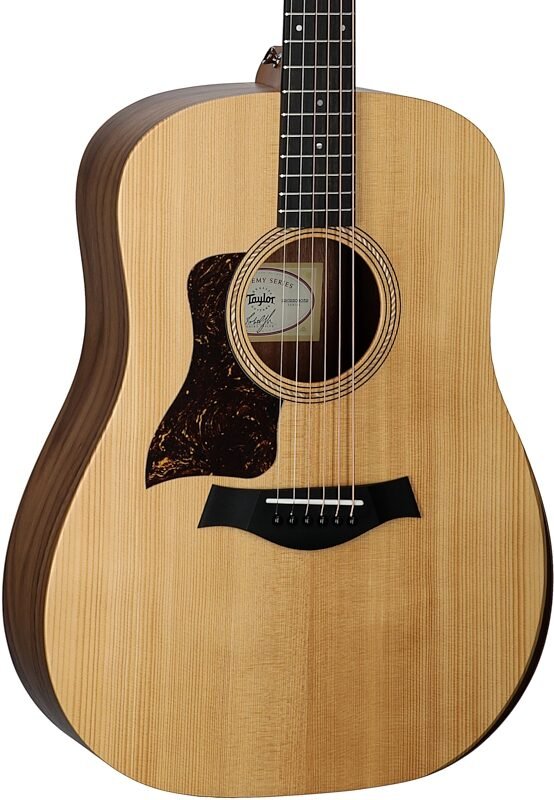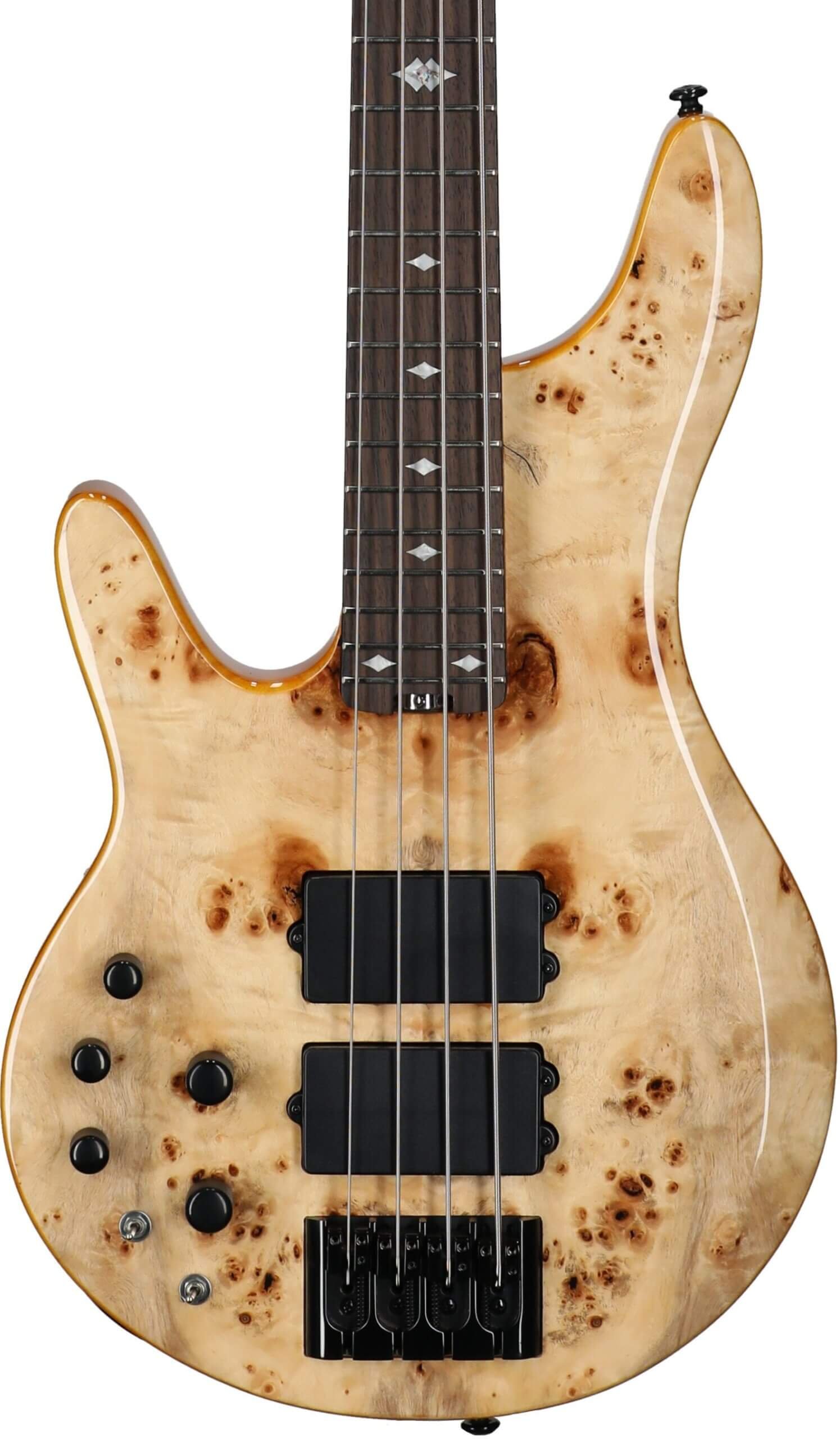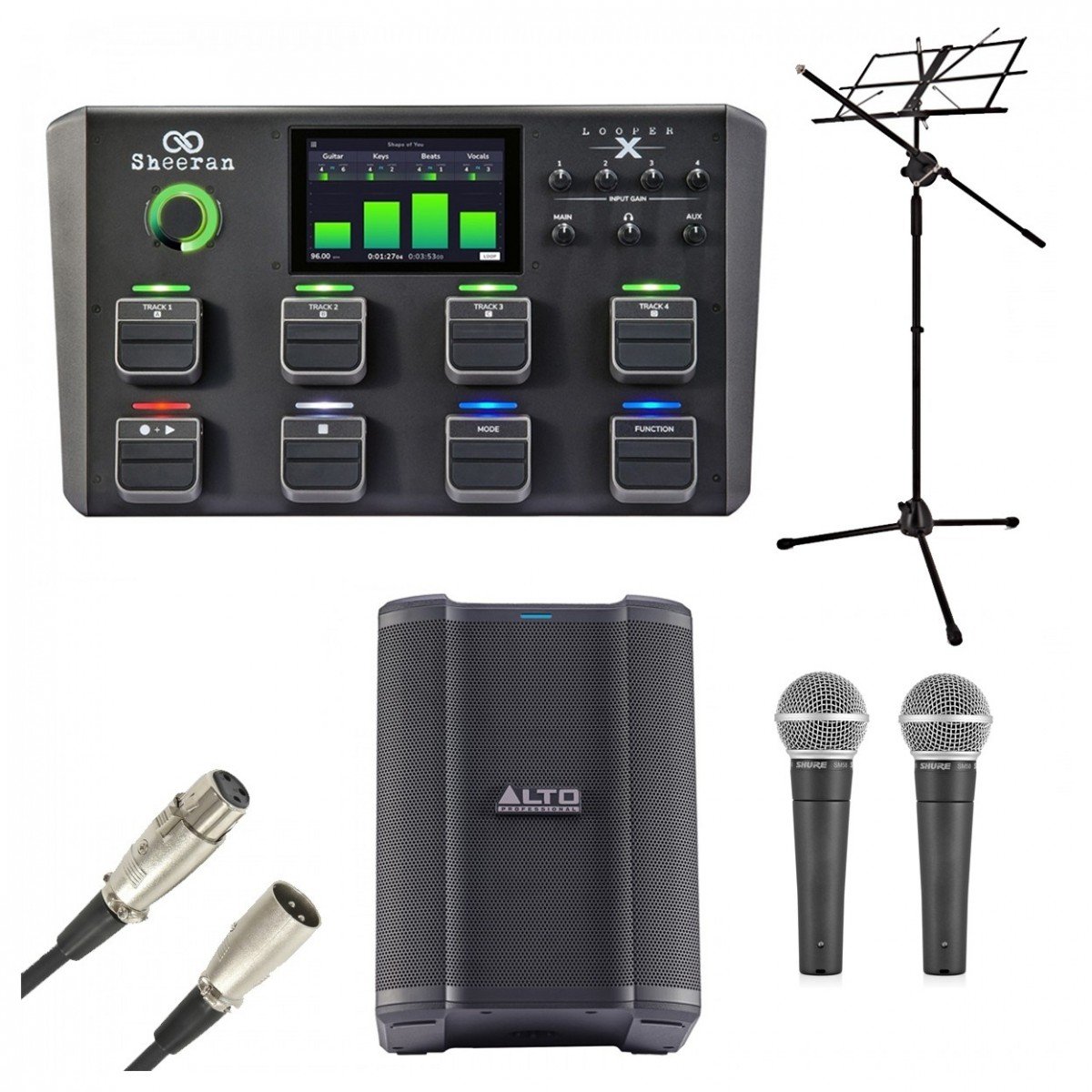Introduction to the Guitar World
The guitar, a versatile instrument rich in history, has profoundly influenced the landscape of music across genres, from classic rock to contemporary jazz. As one of the most popular musical instruments worldwide, it serves not only as a tool for creating melody but also as a cultural symbol reflecting various musical traditions and movements. The unique ability of guitarists to convey emotions through their playing has cemented the instrument’s place in the hearts of millions, making guitar players some of the most celebrated artists in the music industry.
The debate surrounding left-handed versus right-handed guitarists is particularly intriguing. While some argue that handedness may influence playing style or musical expression, others believe that talent transcends such distinctions. Over the years, guitarists such as Jimi Hendrix, who famously played a right-handed guitar left-handed, have sparked conversations about how handedness affects performance and technique. This debate is not merely academic; it touches upon the experiences of many musicians, aspiring or professional, who navigate their unique relationships with the instrument.
Understanding the cultural impact of guitarists requires exploring the narratives that define different playing styles. Right-handed guitarists traditionally dominate the industry, yet left-handed players have made indelible marks on music history, contributing their own flavors and innovations. By examining the exceptional contributions of both categories, the ongoing discussion becomes a celebration of diversity within the guitar-playing community, illustrating that each player’s artistry is defined not solely by their handedness but by their passion, dedication, and skill.
This dialogue between left-handed and right-handed guitarists opens the door for further exploration of their roles and influence in shaping musical landscapes. The ongoing discourse about who are the best players fosters appreciation for the uniqueness of each guitarist’s journey, highlighting the richness that diversity brings to the world of music.
Understanding Left-Handed Guitarists
Left-handed guitarists face a distinct set of challenges due to the typical design of instruments primarily tailored for right-handed players. The fundamental difference lies in the orientation of the guitar, which can significantly influence a left-handed musician’s playing style and technique. Many left-handed guitarists either choose to play right-handed instruments, adapting their techniques, or seek out guitars specifically designed for left-handed players. This adaptation may involve altering their strumming patterns and finger placements, which can foster unique sound and style.
Available guitars for left-handed players have increased over the years, although they still represent a smaller portion of the market compared to right-handed models. Prominent manufacturers, recognizing the demand, are now offering a variety of left-handed options across different genres. From acoustic to electric guitars, left-handed musicians can find instruments that resonate with their personal style. Custom-made guitars have also become a popular choice, allowing for personalized specifications that suit individual preferences in terms of neck width, string gauge, and body shape.
Numerous left-handed guitarists have made a significant impact on the music industry, further showcasing the talent and versatility of musicians who often face additional hurdles. Notable figures include Jimi Hendrix, who famously played a right-handed guitar flipped upside down, creating a distinctive sound that has influenced countless artists. Other accomplished left-handed guitarists include Paul McCartney, Kurt Cobain, and Tony Iommi, each of whom has contributed to the evolution of musical styles. Their careers highlight the importance of embracing individuality in music, demonstrating that left-handed players can achieve remarkable success, despite the challenges they may face.
The Right-Handed Advantage
Right-handed guitar players have long held a significant advantage in the music industry, influencing genres and shaping sounds that resonate with audiences around the globe. The prevalence of right-handed individuals can be observed in various aspects of guitar playing, from techniques to instrument availability. Most guitars are designed with right-handed playing in mind, which not only affects the instrument’s construction but also the techniques commonly employed by players.
Technique is a cornerstone for right-handed guitarists. They often employ strumming patterns and fingerpicking methods that complement their dexterity. Strumming with the dominant hand allows for greater control and speed, enabling players to execute complex rhythms and dynamic soundscapes. Additionally, advanced techniques such as hammer-ons, pull-offs, and slides are frequently utilized, showcasing the technical prowess of right-handed musicians. These methods have been refined over decades, establishing a baseline for skill development in aspiring guitarists.
The visibility of right-handed guitarists in popular culture further emphasizes their dominance in the industry. Iconic figures such as Jimi Hendrix, Eric Clapton, and Jimmy Page have left indelible marks on music history and continue to inspire countless guitarists. Their signature playing styles and techniques have become foundational, creating a standard for both aspiring and professional musicians. Moreover, the representation of right-handed players in various music genres—from rock and blues to jazz and country—helps solidify their influence.
In addition, the music market has catered predominantly to right-handed players, resulting in a vast array of instruments and accessories designed for them. This extensive availability allows musicians to easily access quality gear, further inviting more talent into the field. Overall, the right-handed guitarist’s advantage is evident across various metrics, from technical proficiency to representation, fostering a thriving community within the world of music.
Key Differences: Playing Styles of Left-Handed vs. Right-Handed Guitarists
The playing styles of left-handed and right-handed guitarists exhibit notable differences, primarily influenced by their handedness. Right-handed guitarists typically hold the instrument in a conventional manner, with their left hand positioned on the fretboard to perform chord changes and notes, while the right hand is responsible for strumming or picking the strings. Conversely, left-handed guitarists often face the challenge of adapting the standard guitar setup or using specially designed left-handed instruments. This unique orientation affects not only their grip but also their overall technique and creative expression.
One significant area of divergence is strumming patterns. Right-handed players tend to develop a specific rhythm and dynamics in their strumming that aligns with how they interact with the instrument. Left-handed players, however, might create distinctive strumming techniques that set them apart, influenced by their natural inclination to strum with their dominant hand. This difference can lead to varied interpretations of the same musical piece, enriching the diversity within genres such as rock, blues, and jazz.
Additionally, finger positioning is another aspect that highlights the disparity between left-handed and right-handed guitarists. Right-handed players often use traditional finger patterns on the fretboard, making use of standard scales and chords. On the other hand, left-handed guitarists may develop their finger placements differently, allowing for unique voicings and melodies. These variances not only shape their personal sound but also contribute to an evolving style within the wider musical landscape.
Ultimately, while the distinction between left-handed and right-handed guitar players may seem subtle, the influence of handedness is profound, cultivating distinct playing styles that enrich the guitar community. By embracing diverse techniques, both left-handed and right-handed guitarists foster creativity and innovation, making significant contributions to the art of guitar playing.
Famous Left-Handed Guitar Players You Should Know
Left-handed guitar players have made remarkable contributions to the music industry, showcasing their talents and unique playing styles. One of the most iconic left-handed guitarists is Jimi Hendrix, renowned for his innovative techniques and captivating performances. Hendrix’s career, although tragically short, left a lasting impact on rock music, with songs like “Purple Haze” that have become staples in the genre. His left-handed playing style often involved flipping his guitar upside down, which created a distinct sound that was revolutionary for his time.
Another legendary left-handed guitarist is Paul McCartney, a member of The Beatles. McCartney’s bass playing and songwriting abilities helped define the music of the 1960s. Known for hits such as “Hey Jude” and “Let It Be,” he often played a left-handed Hofner bass, which contributed to his signature sound. His work in the band and as a solo artist has influenced countless musicians, solidifying his status as one of the greatest guitarists of all time.
In the realm of blues, we cannot overlook Albert King, whose expressive guitar playing and powerful vocals earned him a prominent place in music history. King was known for his soulful bend-and-finger picking techniques, using a left-handed guitar with the strings flipped to suit his style. His tracks, like “Born Under a Bad Sign,” continue to inspire blues artists worldwide.
Lastly, we acknowledge the prodigious talent of Kurt Cobain, the frontman of Nirvana. Cobain’s raw energy and emotional delivery reshaped the music landscape in the 1990s. As a left-handed guitarist, he utilized Fender guitars strung for left-handed playing, contributing to the grunge sound that defined an entire era. His legacy endures, influencing a new generation of musicians.
Notable Right-Handed Guitar Legends
In the world of guitar, right-handed players have made indelible marks, crafting unique sounds and styles that have influenced generations. Among these legends, Jimi Hendrix stands out as a transformative figure. Renowned for his innovative approach, Hendrix redefined guitar playing through his use of feedback, distortion, and his flamboyant stage presence. His iconic tracks, such as “Purple Haze” and “Hey Joe,” continue to inspire guitarists today, showcasing not only technical skill but also deep emotional expression.
Another notable right-handed guitarist is Eric Clapton, a pivotal player known for his blues-infused rock sound. Clapton’s career spans several decades, and he is celebrated for his exceptional technique and the soulful quality of his playing. Hits like “Tears in Heaven” and “Layla” highlight his ability to blend melody with intricate guitar work, earning him accolades and a dedicated following. Clapton’s contribution to music has cemented his status as a guitar icon, influencing countless musicians across various genres.
Moreover, Buddy Guy is a vital figure in the blues scene, known for his passionate performances and pioneering techniques. His work has inspired a multitude of guitarists, including Clapton and Hendrix. Buddy Guy’s fusion of traditional blues with a modern edge exemplifies the evolution of the genre. Tracks like “Stone Crazy” and “Damn Right, I’ve Got the Blues” reflect his dynamic style and powerful storytelling through music.
Additionally, we cannot overlook the impact of players like Jimmy Page of Led Zeppelin, whose iconic riffs have created a lasting legacy in rock music. His mastery of both acoustic and electric guitars illustrates the versatility and creativity right-handed players bring to the art form. Each of these guitar legends shapes the musical landscape, proving that right-handed guitarists have made and will continue to make significant contributions to the evolution of music.
The Impact of Handedness on Guitar Technique and Sound
The question of whether left-handed or right-handed players have an advantage in guitar technique and sound is a topic of considerable interest among musicians and enthusiasts alike. Handedness, which refers to the preference for using one hand over the other, plays a significant role in how individuals approach the instrument. This aspect can influence various elements such as tone production, dynamic control, and playing techniques, including fingerpicking and strumming.
One of the most critical factors impacting sound is tone production. Right-handed players typically hold the guitar in a standard positioning, allowing them to engage the dominant hand effectively for strumming or picking. This setup enables right-handed guitarists to utilize a broader range of dynamics with presumably more natural fluidity. In contrast, left-handed players often face the challenge of adapting standard guitar techniques to suit their needs. While many left-handed musicians prefer left-handed guitars, which mirror the standard model, there are unique tonal qualities and finger positions they must master to achieve optimal sound.
Dynamic control is another area where handedness makes a distinct impact. Right-handed players may lean towards aggressive strumming and powerful picking, utilizing their dominant hand’s strength. Conversely, left-handed guitarists, often honing their skills on adapted instruments, may develop a more nuanced approach, focusing on subtlety and precision. Fingerpicking techniques, popularized by both handedness groups, reveal additional distinctions in skill. Left-handed players might adopt innovative strategies to navigate the fretboard differently, often leading to unique and creative interpretations.
Ultimately, while handedness undoubtedly influences guitar technique and tonal characteristics, the most determining factor remains the musician’s personal commitment to practice and creativity. As each player develops their style, the distinctions offered by left-handed versus right-handed playing can yield enriching variations within the realm of guitar music.
Who Are the Best Guitar Players?
The question of who qualifies as the best guitar players is inherently subjective, influenced by varying criteria that encompass technical prowess, creativity, influence, and popularity. These elements, while intertwined, pave the way for diverse opinions, leading to animated discussions among enthusiasts and critics alike. In assessing technical skills, one might consider the ability to execute complex techniques, such as advanced fingerpicking or masterful shredding. Players like Eddie Van Halen and Django Reinhardt have showcased exceptional capabilities that distinguish them within the guitar-playing community.
Creativity often takes center stage in these discussions, defining how musicians utilize their instruments to convey emotion and craft unique compositions. Legendary figures such as Jimi Hendrix and Jeff Beck exemplify this trait, as they pushed the boundaries of traditional guitar playing. Their innovative styles not only redefined genres but also inspired countless aspiring musicians to explore new techniques and sounds.
Influence is another crucial aspect that contributes to the assessment of a guitarist’s greatness. Players like B.B. King and Eric Clapton significantly shaped the blues and rock genres, paving the way for future artists. Their contributions resonate through generations, making their work foundational to the evolution of popular music. Popularity, while perhaps less indicative of true talent, can also influence perceptions of greatness. Successful artists often gain substantial recognition, leading to a perception of superiority, as seen with modern sensations like John Mayer and guitar virtuoso Steve Vai.
Ultimately, defining the best guitar players involves a synthesis of these criteria. While some may hinge on technical brilliance or unparalleled innovation, others might place greater value on emotional expression or cultural impact. Hence, the debate will forever continue, with enthusiasts advocating for various left-handed and right-handed players, each adding to the rich tapestry of guitar history.
Conclusion: Embracing Diversity in Guitar Playing
As we reflect on the intricate world of guitar playing, it becomes evident that the debate surrounding left-handed versus right-handed guitarists is rich and multifaceted. Each category showcases unique talent, creativity, and styles that contribute to the expansive tapestry of music. Left-handed guitar players often face distinct challenges, from instrument availability to navigating a predominantly right-handed design in the music industry. Conversely, right-handed players, while having the standard advantage, also encounter their own hurdles as they strive to distinguish themselves in a competitive environment. The result is a vibrant musical landscape where diversity flourishes.
Throughout this exploration, it is essential to recognize that the artistry of guitar playing transcends the physical characteristics of the musician. Notably, iconic guitarists from both sides of the debate, such as Jimi Hendrix and Paul McCartney, have left indelible marks on the music world, showcasing that talent knows no inherent bias. The emphasis lies in the passion and dedication that individuals put into their craft, regardless of their dominant hand. This conclusion serves as a reminder that the quality of music does not hinge on a player’s handedness but rather on their innovation and expression.
By appreciating the depths of talent in both left-handed and right-handed guitarists, aspiring musicians are encouraged to embrace their individuality. Each player’s unique background and style contribute to the evolution of music, fostering a culture of inclusivity. In engaging with this diversity, musicians can inspire one another, learning from differences while honing their own skills. Ultimately, as we celebrate these varied pathways in guitar playing, we reinforce the idea that passion, hard work, and self-expression stand at the core of exceptional artistry, serving as a guiding light for all who wish to embark on their musical journey.



